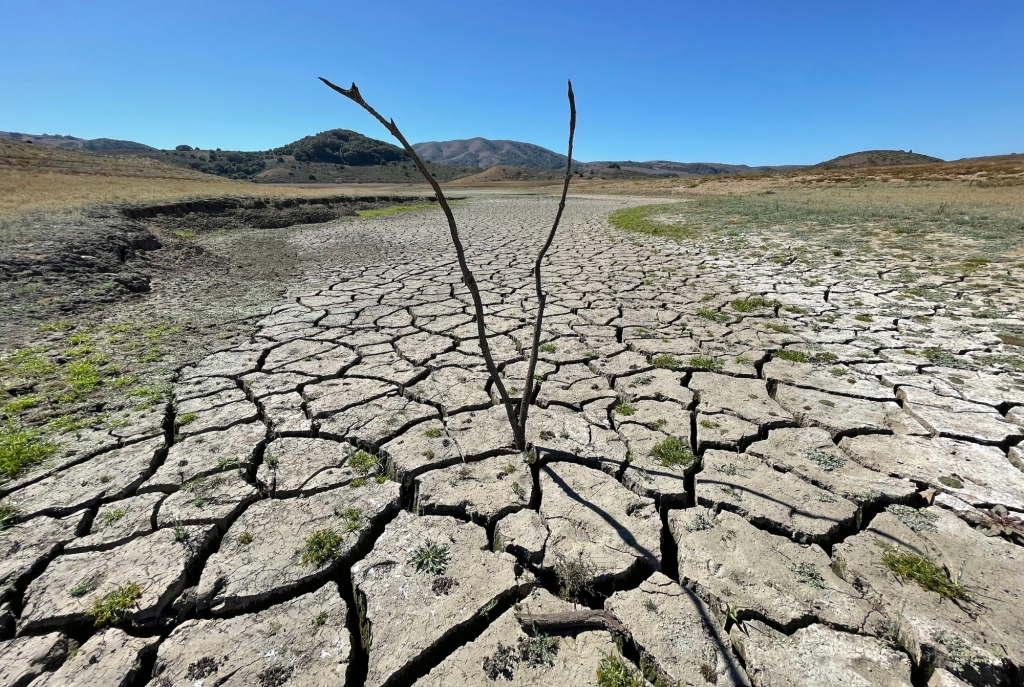
Where once the population of Barcelona drank mostly from its rivers and wells, Spain’s second city now relies upon a labyrinth-like mesh of green, blue and purple pipes inside an industrial plant to keep it from going thirsty amid a prolonged drought.
Water is pumped from two kilometres into the Mediterranean Sea to where the Llobregat desalination plant sits on an isolated stretch of beach. After journeying through several cleaning and filtering systems it reaches its final stop: the twisting and turning multi-coloured channels that squeeze every drop of water free of its salt.
Barely used after being built in 2009, Europe’s largest desalination plant for drinking water is running at full throttle to help the greater Barcelona area and some five million people adapt to the impact of climate change, which has contributed to the drying up of southern Europe’s fresh water reserves through heat waves and drought.
With the reservoirs fed by Catalonia’s northern river basins at just 25 per cent capacity, limits have been placed on the amount of water available for agriculture, industry and some municipal uses. But authorities have not had to take drastic action like during the 2006-2008 drought when tanker vessels shipped in drinking water.
“We knew that sooner or later a drought would come,” Carlos Miguel, plant manager, told The Associated Press during a recent visit to the Llobregat plant.
The Mediterranean region is heating up at a faster rate than many other areas of the globe, leading to a record-hot 2022 in Spain and a widespread drought that is hurting agriculture. The lack of water is particularly acute in northeast Catalonia, whose water agency forecasts that its water resources will shrink by 18 per cent before 2050.
Water authorities predict that the Barcelona area is heading for an official “drought emergency”, which will imply tighter restrictions, by September. Desalination has formed a key part of Spain’s water policy for over half a century. The island of Lanzarote in Spain’s Canary Islands archipelago installed Europe’s first desalination plant back in 1964, and the industry has kept growing in the southern European country prone to long, dry summers.
Spain has some 800 desalination plants that can produce 5 million cubic litres a day of water for drinking, agriculture, and industry.
If that were dedicated solely for human consumption, it would quench the thirst of 34 million people — over 70 per cent of Spain’s population.As part of a 2.2-billion euro (USD 2.4-billion) drought response package, Spain’s national government said this week that it was setting aside 220 million euros (USD 238 million) to expand another desalination plant north of Barcelona, plus another 200 million euros (USD 216 million) for a plant on Spain’s southern coast.















